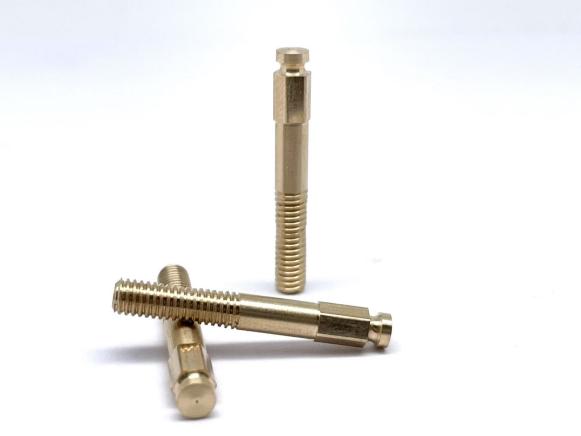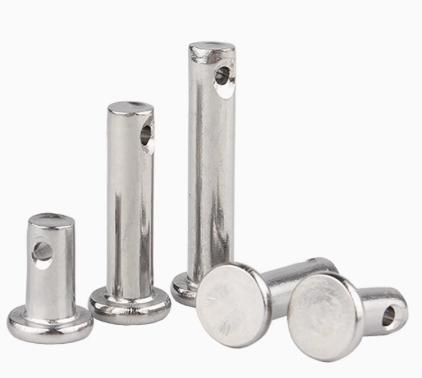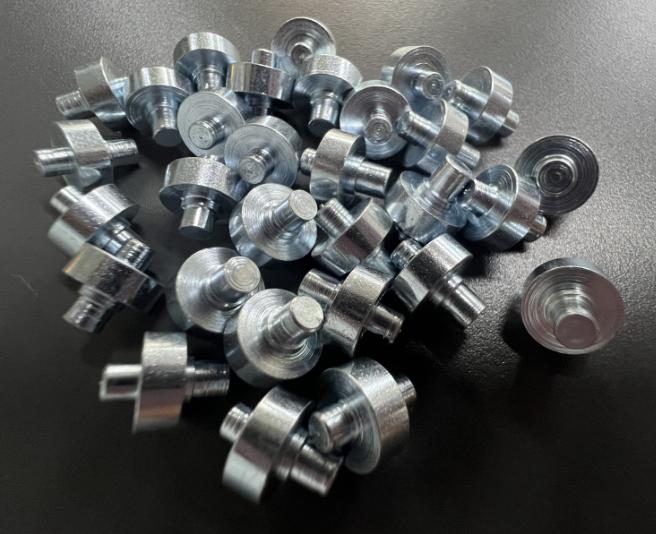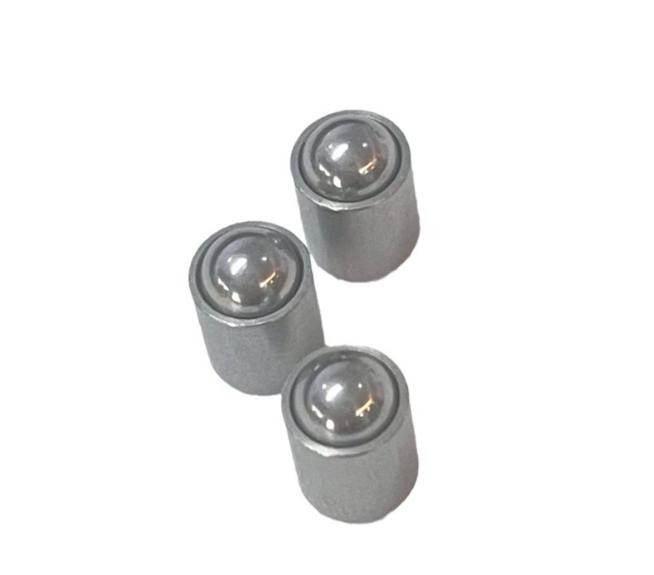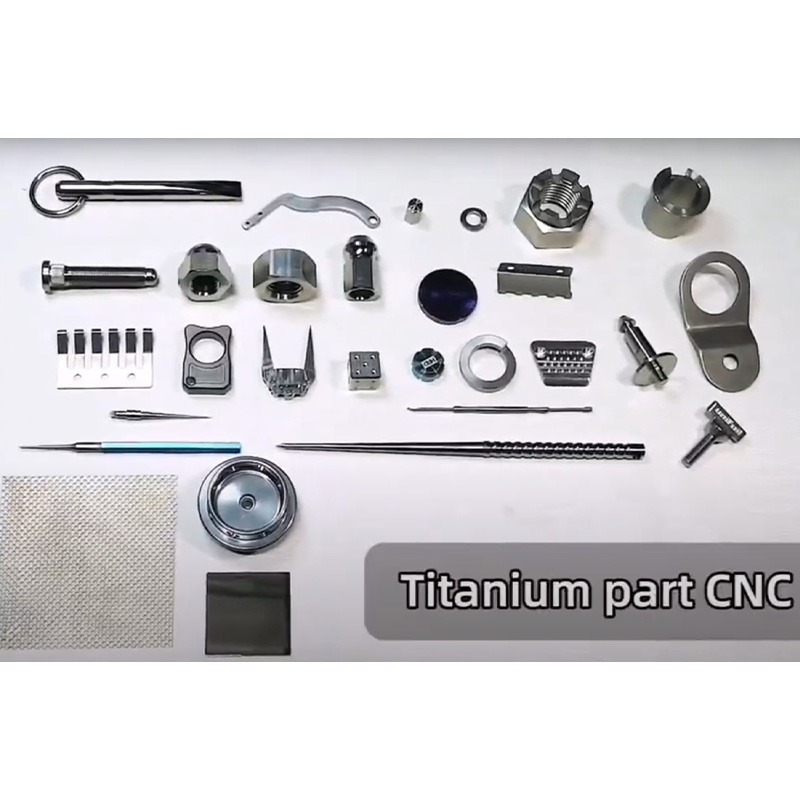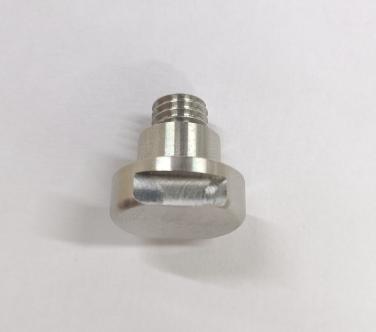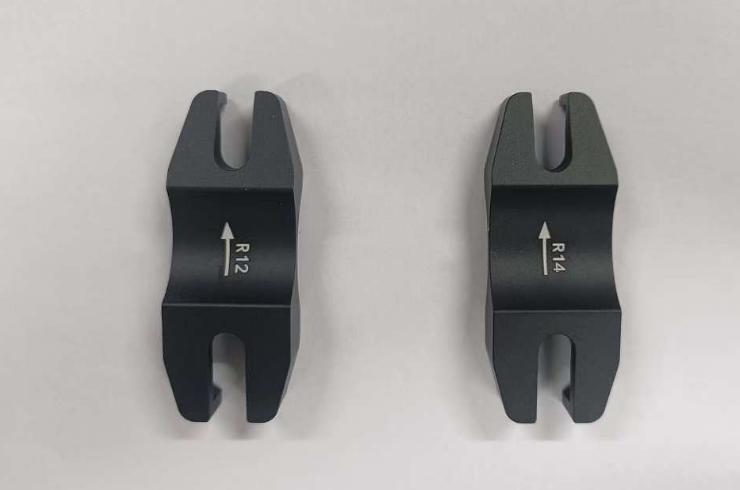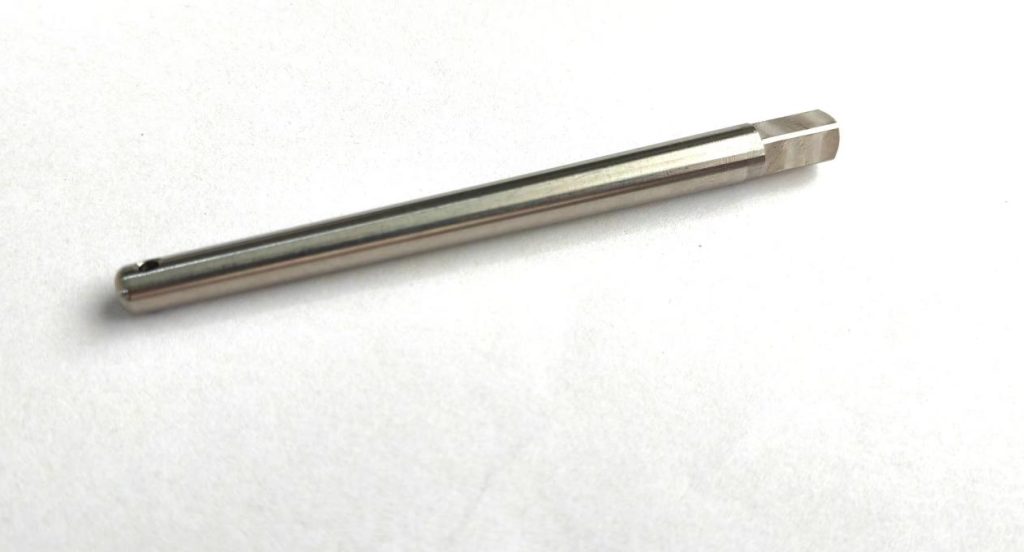The Crucial Role of CNC Machining in Medical Devices Manufacturing
In the ever-evolving landscape of medical technology, the production of intricate and precise medical devices demands cutting-edge manufacturing processes. CNC machining has evolved as a cornerstone technology, providing unrivaled precision, efficiency, and variety in the manufacturing of medical devices. This article examines the critical role that CNC machining plays in the design, development, and manufacturing of medical devices, emphasizing its impact on innovation, quality, and patient outcomes.
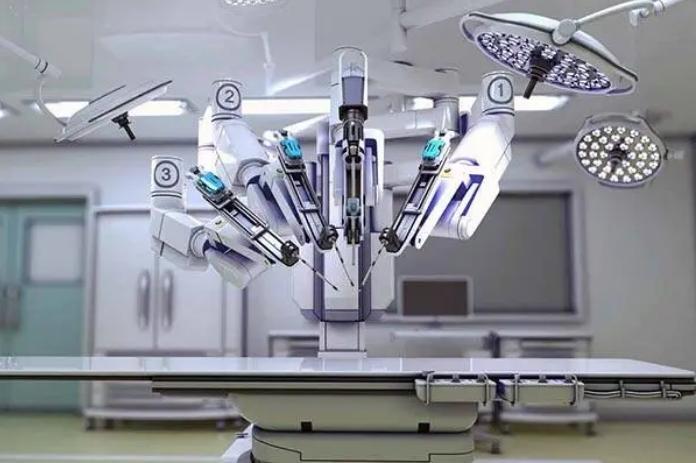
Why Choose CNC Machining in Medical Device Manufacturing?
1. Tailored Designs
CNC machining enables the creation of very complicated and customizable designs that suit to the special requirements of medical devices. This skill is especially important in the development of patient-specific implants and prostheses.
2. Material Variety
Medical devices often require materials with unique properties such as biocompatibility, corrosion resistance, and sterilizability. CNC machining can handle a diverse range of materials, including metals, plastics, and composites, ensuring compatibility with the stringent requirements of medical applications.
3. Micro-Machining for Miniaturization
The ability of CNC machining to function at the micro-scale facilitates the trend toward smaller medical equipment such as implants and diagnostic gadgets. Precision is essential for attaining complicated features and sustaining gadget performance.
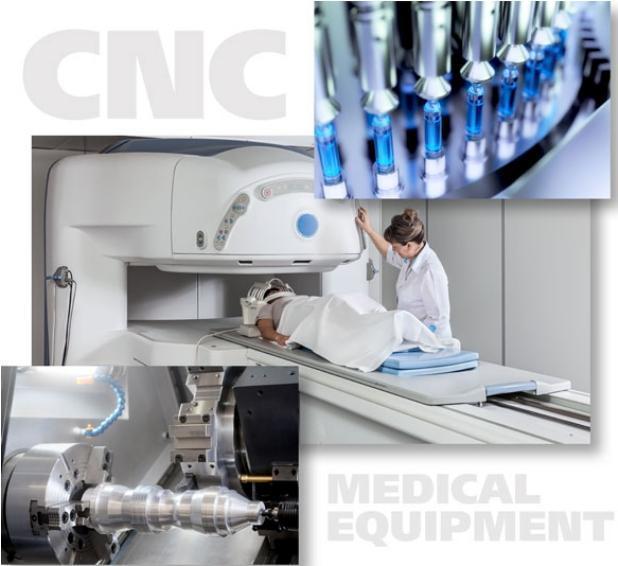
What are Key Applications of CNC Machining in Medical Device Manufacturing?
1. Implants and Prosthetics
CNC machining is essential in the manufacture of orthopedic implants, dental prosthesis, and other medical implants. The technique allows for the development of patient-specific shapes and structures, which improves fit and performance.
2. Surgical Instruments
Precision and reliability are required in the manufacture of surgical tools. CNC machining provides consistent fabrication of instruments with complex geometries, sharp edges, and high-quality finishes, which improves their usefulness in medical treatments.
3. Diagnostic Devices
CNC machining helps to manufacture diagnostic devices such as imaging equipment, analytical instruments, and in-vitro diagnostic tools. The technology’s precision is crucial for maintaining accuracy in diagnostic results.
4. External Prosthetics
CNC machining aids in the creation of external prosthetics, such as limb prostheses and braces. This allows for the production of lightweight, durable, and comfortable devices that meet the unique needs of individual patients.
5. Cardiac Devices
Application: CNC machining is involved in the manufacturing of cardiac devices such as stents and pacemaker components.
6. Neurological Devices
CNC machining aids in the development of neurological devices such as electrodes and deep brain stimulation components.
7. Ophthalmic Devices
CNC machining is utilized to make ophthalmic devices like intraocular lenses and laser eye surgery tools.
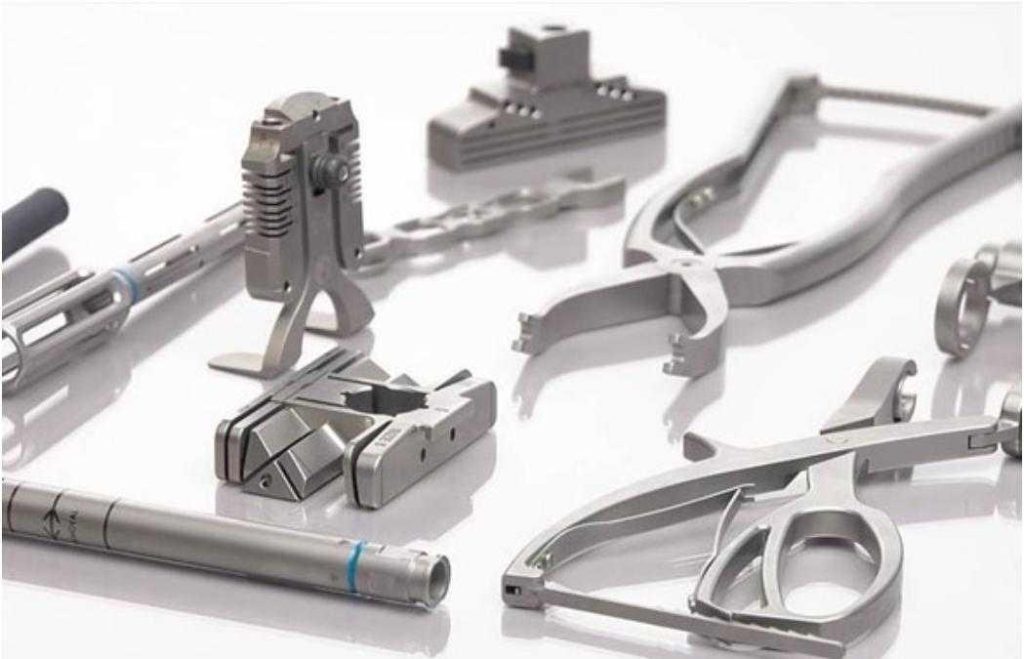
What are Advantages of CNC Machining in Medical Device Manufacturing
1. Consistency and Reproducibility
CNC machining ensures high levels of consistency and reproducibility in the manufacturing process, resulting in uniform quality and performance in medical device.
2. Rapid Prototyping
The rapid prototyping capabilities of CNC machining accelerate the product development cycle, allowing for faster iterations and advancements in medical device design.
3. Cost-Effective Production
CNC machining, despite its precision and versatility, provides cost-effective options for medical device manufacturing. Working with a variety of materials and producing complex forms eliminates the need for several manufacturing processes.
4. Regulatory Compliance
CNC machining processes can be tightly controlled and monitored, aiding in compliance with stringent regulatory standards in the medical industry. This is essential for ensuring the safety and efficacy of medical devices.
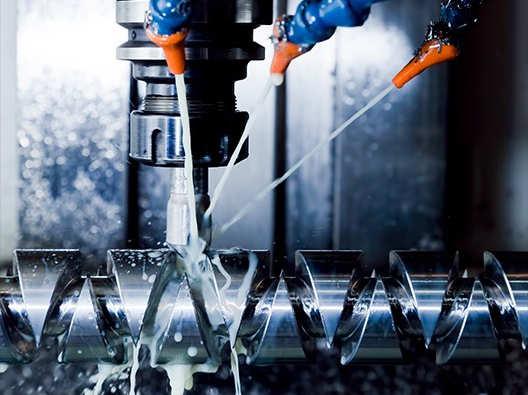
What are Future Trends and Innovations of CNC Machining in Medical Device Manufacturing?
1. Integration with Additive Manufacturing
The integration of CNC machining with additive manufacturing techniques is a promising avenue for producing complex medical devices with hybrid structures, combining the strengths of both technologies.
2. Advanced Materials
As new materials with improved qualities for medical applications become available, CNC machining will continue to adapt to process these materials, enabling the development of innovative and improved medical devices.
3. Smart and Connected Devices
CNC machining will play a crucial role in the development of smart and connected medical devices, where precision is essential for the integration of sensors, electronics, and communication components.
Conclusion
CNC machining is a foundational technique in the field of medical device manufacturing, providing the precision and versatility required to fulfill the ever-changing demands of healthcare. CNC machining is essential in assuring the quality, durability, and innovation of medical devices, from complicated implants to precision surgical instruments. As technology advances, the incorporation of CNC machining with new trends will lead to the development of cutting-edge medical solutions that improve patient outcomes and redefine healthcare possibilities.

